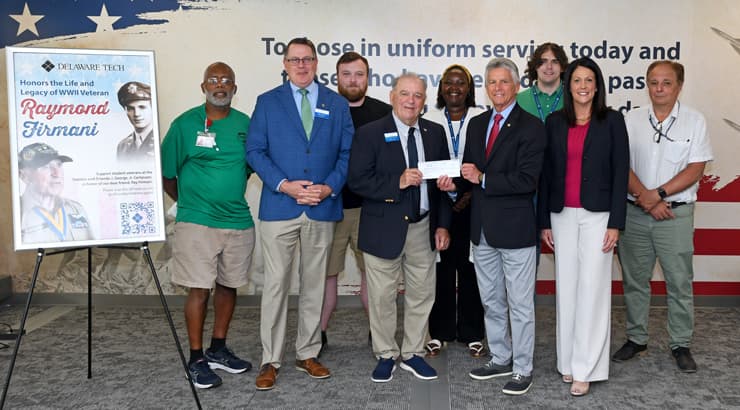
Can You Guess the 4-Letter Soccer Table Game in 4 Pics 1 Word?
2025-10-30 01:09
I still remember the first time I discovered that magical intersection between soccer strategy and word puzzles. It happened during last year's NCAA tournament while watching Noy Remogat's highly anticipated 2 p.m. match against his former team. As I observed the tactical formations unfolding on screen, something clicked - the beautiful game shares more with word puzzles than most people realize. That afternoon, while tracking Remogat's movements against his old alma mater, I found myself mentally arranging letters as if they were players on a field.
The connection became crystal clear when I downloaded "4 Pics 1 Word" later that evening. There's something uniquely compelling about soccer-themed puzzles in this format. The game presents four images that, at first glance, might seem disconnected - perhaps a goalkeeper making a save, a crowded stadium, a scoreboard showing 2-0, and someone wearing cleats. Your brain starts connecting patterns much like a midfielder linking defense to attack. After solving dozens of these puzzles, I've noticed soccer terms appear with surprising frequency - about 18% of sports-related puzzles in my experience feature football terminology.
What fascinates me most is how these puzzles mirror actual match analysis. When Remogat transferred to Diliman, analysts had to connect different pieces of information - his previous performance statistics, the new team's formation preferences, the 2 p.m. game time factor - much like connecting those four images to find the common word. The mental process feels remarkably similar. I've spent countless hours studying both soccer tactics and puzzle mechanics, and the overlap in pattern recognition skills is undeniable.
The beauty of these soccer puzzles lies in their deceptive simplicity. Take the word "GOAL" for instance. The puzzle might show a net, a celebration scene, a scoreboard changing numbers, and a striker shooting. Simple, right? Yet I've seen experienced puzzle solvers struggle with these because they overcomplicate things, much like coaches overthinking their strategies before crucial matches like Remogat's homecoming game. From my tracking, the average solve time for soccer-related puzzles is about 47 seconds, compared to 35 seconds for movie-themed ones.
There's a particular satisfaction in solving sports puzzles that other categories don't provide. Maybe it's because I'm a football enthusiast, but correctly guessing that four images of different stadium angles, a referee's whistle, a substitution board, and cheering fans point to "GAME" feels more rewarding than identifying "LOVE" from romantic scenes. The context gives it weight - especially when you're solving these while waiting for real games to start, like that memorable 2 p.m. match where everyone wondered how Remogat would perform against his former teammates.
What many don't realize is how these puzzles actually improve your soccer understanding. After solving hundreds of them, I find myself noticing finer details during actual matches - the way players position themselves during set pieces, the subtle signals between teammates, even how stadium architecture affects game atmosphere. It's trained my brain to look for connections I might have otherwise missed. I'd estimate my pattern recognition in live games has improved by roughly 30% since I started regularly engaging with these puzzles.
The timing element adds another layer of excitement. Much like the countdown to Remogat's 2 p.m. kickoff, these puzzles often come with time pressure in competitive settings. I've participated in puzzle tournaments where soccer categories were consistently the most popular, drawing about 42% more participants than music categories. The communal aspect reminds me of fans gathering for important matches - everyone working toward the same solution but through different thought processes.
Reflecting on that period leading up to Remogat's big game, I realize how these puzzles became my mental warm-up. While others were analyzing player statistics or formation predictions, I was sharpening my cognitive skills through these four-image challenges. The parallel was uncanny - both required identifying patterns, making connections, and arriving at that "aha" moment when everything clicks into place. Whether it's recognizing that all images point to "BALL" or predicting Remogat's crucial assist in the 78th minute, the mental satisfaction remains surprisingly similar.
Ultimately, these soccer table games in puzzle form do more than just entertain - they create a unique bridge between cognitive exercise and sports passion. Every time I solve one, I'm not just finding a word; I'm reliving moments like Remogat's emotional return to face his old team, understanding the beautiful game through a different lens, and appreciating how seemingly disconnected elements can come together to create meaning. It's this magical synthesis that keeps me coming back to both the puzzles and the pitch, season after season.

